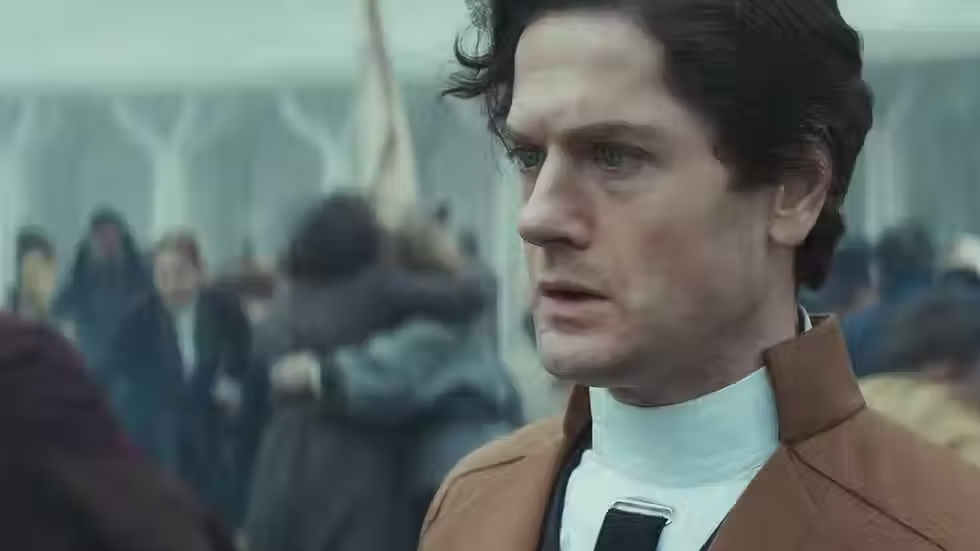Review: Three Times
- ogradyfilm
- Jan 26, 2019
- 1 min read

Caught a screening of Three Times. True to its title, this immaculately-crafted Taiwanese anthology film is split into three episodes, each set in a different time period: “A Time for Love” (1966), in which a young soldier pursues his pen pal from pool hall to pool hall, desperate to reconnect with her before resuming his military service; “A Time for Freedom” (1911), in which a courtesan is forced to sacrifice her own happiness when her protege is taken as a concubine by a wealthy patron; and “A Time for Youth” (2005), in which a photographer and an epileptic musician enter into an affair, even though they both already have romantic partners.
Obviously, the tales all share certain themes in common (how openly the characters express their affections, for example, gradually evolves as history progresses: “A Time for Love” ends with a couple holding hands for the first time, while “A Time for Youth” begins with a pair of lovers passionately making out as soon as they enter their apartment), but what truly ties them together is director Hou Hsiao-hsien’s breathtakingly methodical visual style. He favors long, uninterrupted takes, panning and tilting the frame to follow his subjects through the mise-en-scene (but rarely dollying or zooming; his camera functions as an observer, not a participant in the action)—so when he chooses to cut to an insert shot, it carries that much more emphasis. The result is an intimate, hypnotic, and absolutely captivating mood that left me eager to experience more. Fortunately, Metrograph is currently hosting a retrospective of his work, so there’s no time like the present!





Comments